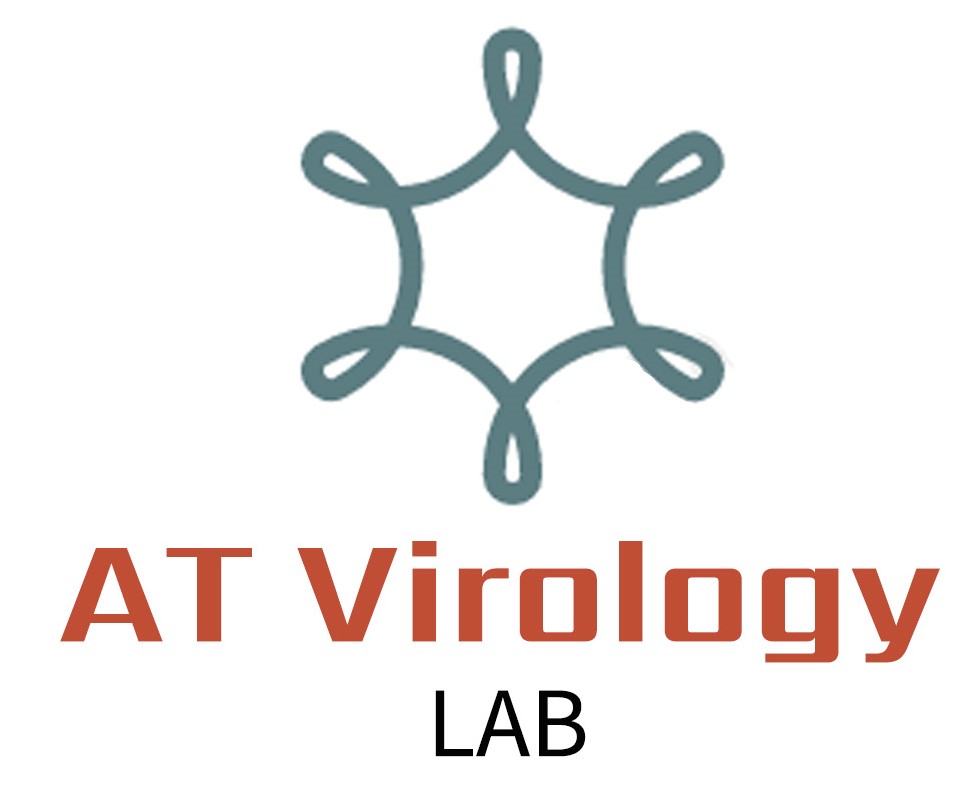BACKGROUND: Andrographolide is a medicinal compound which possesses anti-SARS-CoV-2 activity. A number of cellular targets of andrographolide have been identified by target predictions and computational studies.
PURPOSE: However, a potential cellular target of andrographolide has never been explored in SARS-CoV-2 infected lung epithelial cells. We aimed to identify cellular pathways involved in andrographolide-mediated anti-SARS-CoV-2 activity.
METHODS: The viral infection was determined by immunofluorescence staining, enzyme-linked immunosorbent assay and focus-forming assay. Proteomic analysis was employed to identify cellular pathways and key proteins controlled by andrographolide in the human lung epithelial cells Calu-3 infected by SARS-CoV-2. Immunofluorescence staining was used to test protein expression and localization. Western blot and realtime PCR were utilized to elucidate gene expression. Cellular glutathione level was examined by a reduced/oxidized glutathione assay. An ectopic gene expression was delivered by plasmid transfection.
RESULTS: Gene ontology analysis indicates that proteins involved in nuclear factor erythroid 2-related factor 2 (NRF2)-regulated pathways were differentially expressed by andrographolide. Notably, andrographolide increased expression and nuclear localization of the transcription factor NRF2. In addition, transcriptional expression of GCLC and glutamate-cysteine ligase modifier subunit (GCLM), which are NRF2 target genes, were induced by andrographolide. We further find that infection of SARS-CoV-2 resulted in a reduction of glutathione level in Calu-3; the effect that was rescued by andrographolide. Moreover, andrographolide also induced expression of the glutathione producing enzyme GCLC in SARS-CoV-2 infected lung epithelial cells. Importantly, an ectopic over-expression of GCLC or treatment of N-acetyl-L-cysteine in Calu-3 cells led to a decrease in SARS-CoV-2 infection.
CONCLUSION: Collectively, our findings suggest the interplay between GCLC-mediated glutathione biogenesis induced by andrographolide and the anti-SARS-CoV-2 activity. The glutathione biogenesis and recycling pathways should be further exploited as a targeted therapy against SARS-CoV-2 infection.
